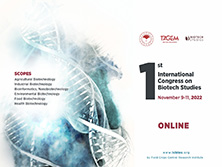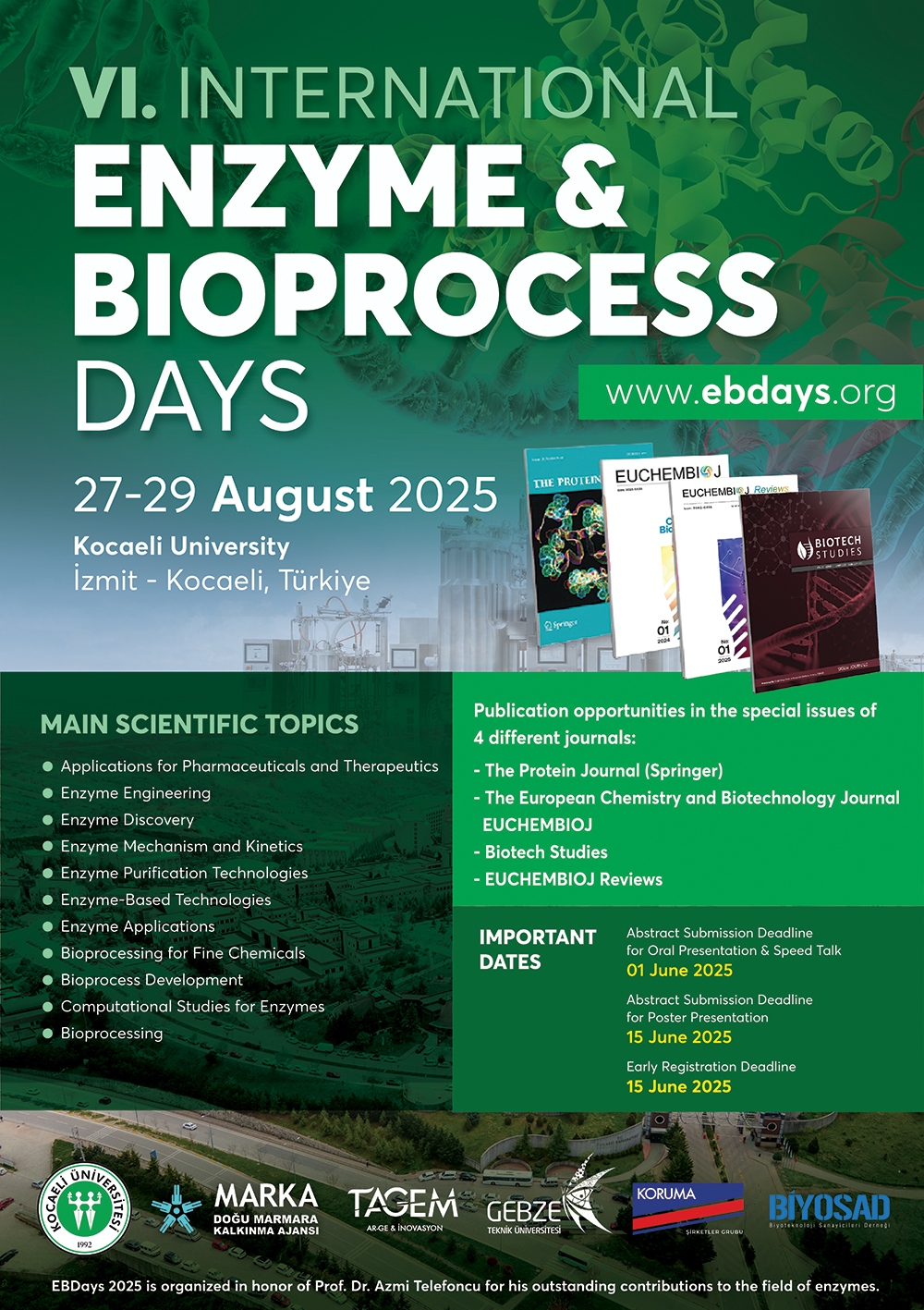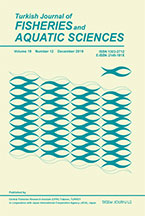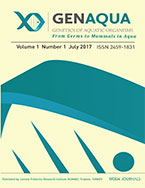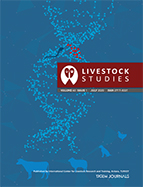Advances in ferritin biosensors: rapid and cost-effective iron level assessment
2 Biophysics, Fenerbahce University, İstanbul, Türkiye
3 Biophysics, Adiyaman University, Adıyaman, Türkiye
4 Biophysics, School of Medicine, Bahcesehir University, Sahrayı Cedit, Batman Sk. No:66, 34734, Kadıköy/İstanbul, Türkiye DOI : 10.38042/biotechstudies.1756979 - Iron is an essential element crucial for oxygen transport in the bloodstream; however, deviations from its normal physiological levels can result in health complications. Iron deficiency is a widespread condition and a leading cause of anemia globally. Conversely, excessive iron accumulation can cause severe liver damage, such as cirrhosis, by exacerbating oxidative stress. Consequently, assessing iron status through biomarkers like ferritin, which is a protein that reflects the body`s iron stores, is critical for diagnosing iron-related disorders accurately.
The ferritin test, which measures the concentration of ferritin protein in the blood, is a standard method for iron analysis. However, frequent hospital visits for such testing can be both time-intensive and expensive. This has driven significant interest in developing rapid and cost-effective methods for ferritin detection. To meet this demand, a variety of biosensors have been designed using diverse techniques to enable convenient ferritin analysis.
Despite considerable advancements in biosensor technologies, a comprehensive classification and analysis of these devices remain lacking, leaving researchers without a unified understanding of their comparative strengths and limitations. This review addresses this gap by systematically categorizing ferritin biosensors based on their underlying mechanisms. The review explores electrochemical biosensors, such as those based on graphene, microfluidics, and ZnO–Mn₃O₄ nanocomposites, as well as electrical biosensors using quantum dots or gold nanorods. Additionally, optical biosensors, including photonic crystal sensors, surface plasmon resonance systems and magnesium sulfide nanosheets are discussed in detail. Unconventional and immunoassay-based biosensors, such as nanodiamond-based magnetic sensors and nanowire FETs, are also examined to highlight the breadth of detection strategies available.
With the rising prevalence of iron-related disorders and the limitations of traditional diagnostic tools, this review underscores the critical need for portable, rapid, and cost-effective ferritin biosensing technologies, offering insights relevant to both clinical practice and future research.
Keywords : Ferritin, Biosensors, Iron deficiency, Medical diagnostics


